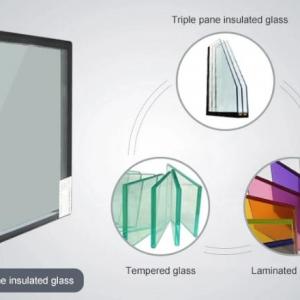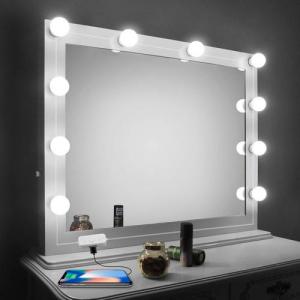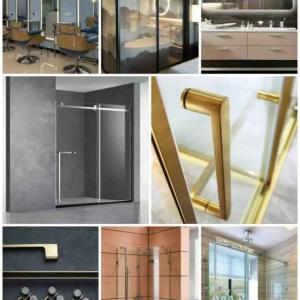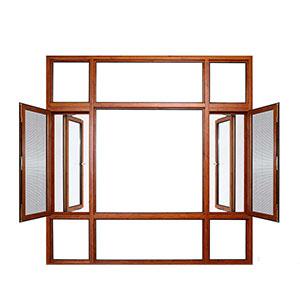Key Differences Between Tempered and Laminated Glass
Glass has evolved significantly over the years, advancing from simple panes to highly engineered materials designed for safety, security, and functionality. Among the various types of safety glass, tempered and laminated glass stand out for their unique properties and widespread use. This article explores the key differences between tempered and laminated glass, examining their compositions, manufacturing processes, applications, and relative advantages.
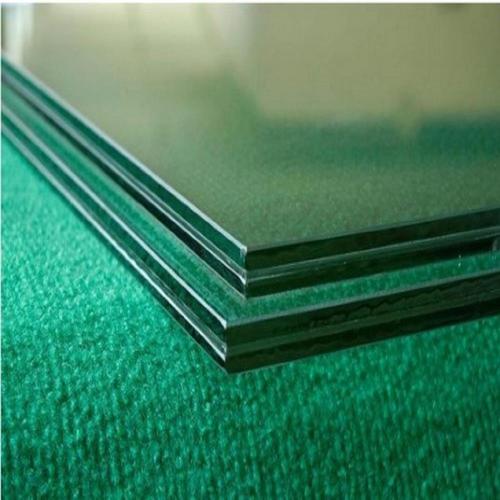
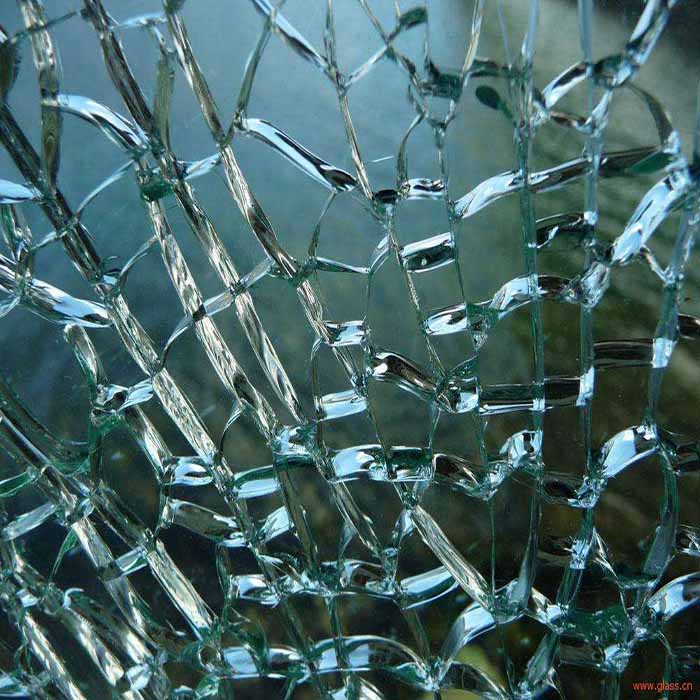
Understanding Tempered Glass
Tempered glass, also known as toughened glass, is a type of safety glass processed to increase its strength compared to normal glass. The manufacturing process involves heating the glass to high temperatures and then rapidly cooling it. This treatment puts the outer surfaces into compression and the inner surfaces into tension, making it much stronger and more resilient to physical stress.
Composition and Manufacturing
The tempering process starts by cutting the glass to the desired size and polishing the edges to remove any imperfections. The glass is then heated in a tempering furnace to around 620 degrees Celsius. Once it reaches the desired temperature, the glass is rapidly cooled using air jets in a process known as quenching. This rapid cooling process creates a balance of tension and compression, significantly enhancing the glass's strength [3].
Properties and Advantages
One of the most notable properties of tempered glass is its high strength. It is approximately four to five times stronger than annealed (untreated) glass of the same thickness. When broken, tempered glass shatters into small, blunt pieces rather than sharp, jagged shards, reducing the risk of injury. This characteristic makes it ideal for use in situations where human safety is paramount, such as in shower doors, vehicle windows, and architectural applications.
Applications
Tempered glass is widely used in various industries due to its safety features and strength. Common applications include:
Automotive Windows: Side and rear windows in vehicles use tempered glass to enhance passenger safety.
Shower Doors: Its strength and shatter-resistance make it suitable for bathroom enclosures.
Furniture: Tempered glass is used in tabletops, shelves, and other furniture items to ensure durability and safety.
Architecture: It's used in facades, windows, doors, and balustrades for both residential and commercial buildings [5].
Understanding Laminated Glass
Laminated glass consists of two or more layers of glass bonded together with an interlayer of polyvinyl butyral (PVB) or ethylene-vinyl acetate (EVA). This construction makes laminated glass highly durable and capable of holding together when shattered, thanks to the plastic interlayer.
Composition and Manufacturing
The manufacturing process of laminated glass involves placing a plastic interlayer between two or more layers of glass. This assembly is then subjected to heat and pressure in an autoclave, which bonds the layers together into a single, cohesive unit. The interlayer can be clear, tinted, or include decorative patterns and can enhance the glass's performance by providing additional properties such as UV protection and sound insulation [6].
Properties and Advantages
Laminated glass offers several key advantages:

Safety: When broken, the glass fragments remain adhered to the interlayer, preventing dangerous shards from scattering.
Security: Its construction makes it more difficult to penetrate, providing an additional layer of security against forced entry.
Sound Insulation: The interlayer dampens sound, making laminated glass ideal for use in noise-sensitive environments.
UV Protection: Laminated glass can block up to 99% of UV rays, protecting interiors from fading and damage.
Applications
Due to its versatile properties, laminated glass is used in various applications, including:
Automotive Windshields: All modern car windshields use laminated glass for its strength and safety features.
Skylights and Overhead Glazing: Laminated glass is used in skylights to prevent dangerous shards from falling in case of breakage.
Architectural Applications: It's used in windows, doors, facades, and railings for enhanced safety and security.
Soundproofing: Laminated glass is used in soundproof windows and partitions to reduce noise transmission [5].
Key Differences Between Tempered and Laminated Glass
While both tempered and laminated glass offer enhanced safety and security, they differ significantly in terms of composition, properties, and ideal use cases. Below are the key differences:
Strength and Breakage Behavior
Tempered Glass: Tempered glass is significantly stronger than annealed glass. When it breaks, it shatters into small, blunt pieces, minimizing the risk of injury. However, once tempered glass is broken, it loses all structural integrity.
Laminated Glass: While not as strong as tempered glass in terms of impact resistance, laminated glass holds together when broken due to the interlayer. This feature makes it ideal for applications where maintaining a barrier after breakage is crucial [3].
Safety and Security
Tempered Glass: Its high strength makes it suitable for applications where resistance to impact and thermal stress is needed. However, its ability to shatter into small pieces makes it less secure in preventing forced entry.
Laminated Glass: The interlayer in laminated glass provides additional security by holding the glass together and making it more difficult to penetrate. This makes laminated glass preferable for applications requiring both safety and security, such as in windshields and security windows [6].
Sound Insulation and UV Protection
Tempered Glass: Offers basic insulation properties but does not provide significant sound insulation or UV protection.
Laminated Glass: The interlayer in laminated glass can significantly reduce sound transmission and block UV rays, making it ideal for applications requiring noise reduction and UV protection [4].
Cost and Availability
Tempered Glass: Generally less expensive than laminated glass and widely available. It is often the go-to choice for applications where high strength and low cost are the primary considerations.
Laminated Glass: More expensive due to the additional materials and manufacturing processes involved. However, the added benefits of safety, security, sound insulation, and UV protection justify the higher cost in many applications [4].
Choosing Between Tempered and Laminated Glass
The choice between tempered and laminated glass depends on the specific requirements of the application. For scenarios where high strength and resistance to thermal stress are paramount, such as in shower doors, side and rear vehicle windows, and certain architectural elements, tempered glass is the optimal choice. On the other hand, for applications demanding enhanced safety, security, sound insulation, and UV protection, such as windshields, skylights, and security windows, laminated glass is the better option.
Conclusion
Tempered and laminated glass each offer unique benefits and are designed to meet specific safety and performance needs. Understanding the differences between these two types of safety glass helps in making informed decisions for their use in various applications. Whether it's the high strength and shatter-resistance of tempered glass or the enhanced safety and multi-functional properties of laminated glass, both types play crucial roles in modern construction, automotive, and security industries.
 English
English Russian
Russian